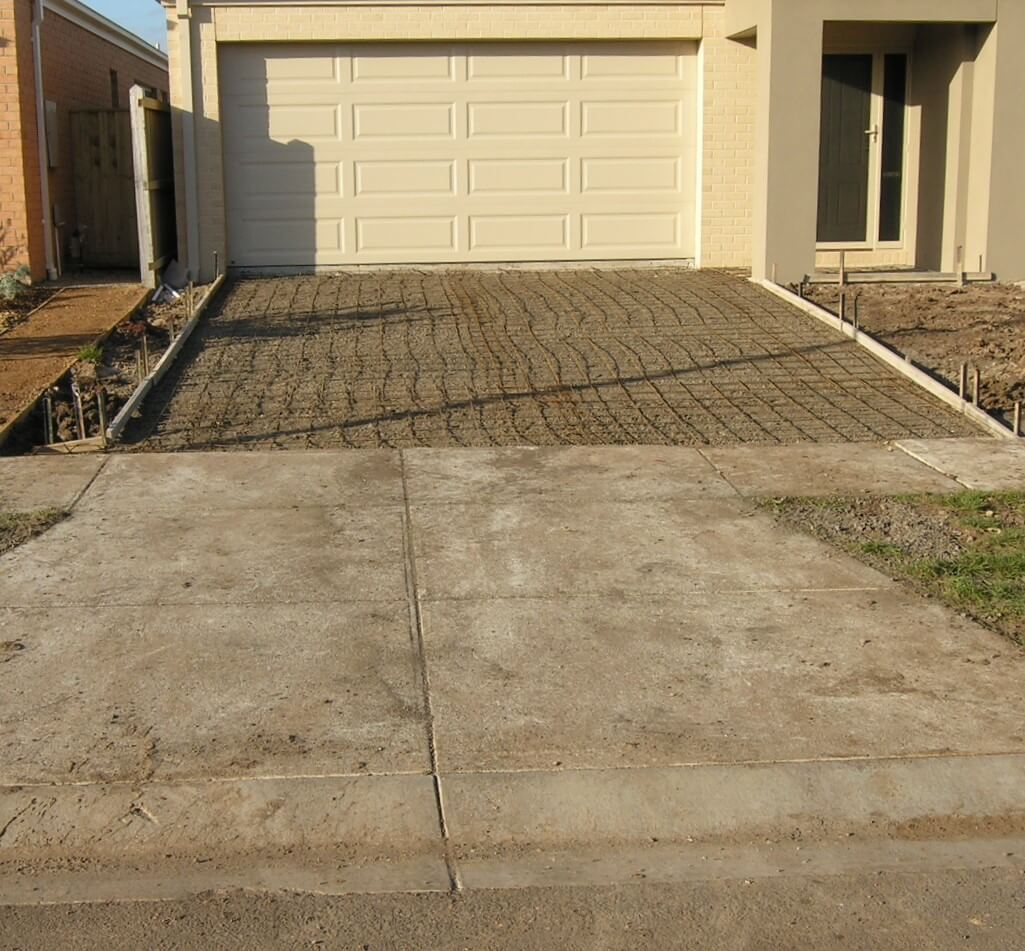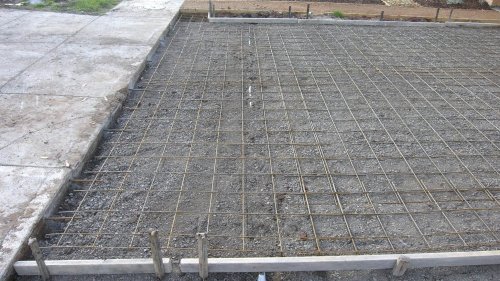When you finally get to the completion of construction and the new house is handed over to you, it may or may not include concreting of the driveway (from the Council’s crossover & foot path to your garage) or the surrounding grounds around the base of the house slab.
It is a good idea to prevent huge expansion and contraction of the soil (especially the clayey types) when it is wet or dry. You don’t want to base slab to move between the seasons due to water absorption by the soil, leading to movement of the walls and subsequent cracking. Externally, wall movements show up as cracks in the mortar between bricks and inside the house, plaster wall cracks will be seen as jagged hairlines.
One common way to prevent this is to lay a concrete path (of 1m width or more) all the way around the house.
Some important concreting considerations to keep in mind are:
1) Choice of concrete surfaces. Do you prefer a plain single colour concrete surface or a more colourful exposed aggregate surface, for example?
2) Choosing darker colours will hide dirt better. Do discuss with the contractor the cost difference between using colour pigments that are mixed into the wet concrete versus pigments that are only applied to the top surface of the freshly laid concrete. The former way is more expensive but the concrete surface will show the same colour even with deep scratches.
3) Concrete path thickness needs to be at least 100mm. Use of uniformly spaced out metal mesh within the concrete pour is mandatory to prevent the concrete path itself from cracking later on. The slope (or “fall”) of the path will be such that rain water will drain away from the base slab.
4) If you are concreting the area where the gas meter is, DO NOT have concrete poured onto the gas meter and encasing it, even partially. This is against regulations and the gas company may make you undo your folly, at your own cost.



But can I do concreting works myself?
If you have the necessary knowledge, tools and skills, you may have a go at doing it yourself. It may save you a fair bit of money but do so only if you are confident of your own workmanship. Nothing spoils the look of a brand new home quite as fast as a botched concreting job.
Suggested further readings
The links below offer further information on soil conditions and concreting for residential homes






